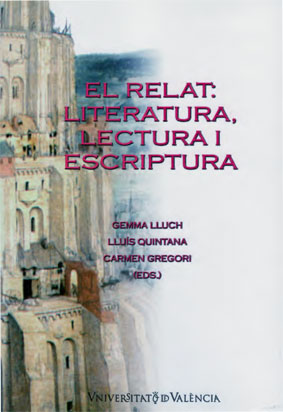Rewritings of Gladys's historical narratives. Trafalgar.
DOI:
https://doi.org/10.7203/qf-elit.v18i0.3293Keywords:
rewriting, adaptation, Galdós, Trafalgar, education Abstract
Abstract
This paper, which enables us to draw conclusions about the cultural conditioning of literary reception from a diachronic, comparative standpoint, explores, on the one hand, the mechanisms of adaptation used by Galdós in his National Episode <em>Trafalgar</em> (1908) written for children and, on the other, the ones used throughout the subsequent editions of Trafalgar to the present day. In this way, this article intends to know about the mechanisms of adaptation themselves and compare the ones used by the author in 1908 and those used by other authors –readers of Galdós after all– in later periods. Besides, the present analysis shows to what extent the content of a text is altered by the changes of formal elements of the narrative discourse.
 Downloads
Downloads
Downloads
How to Cite
-
Abstract380
-
PDF (Español)0
-
PDF (Català)388
-
PDF473
Issue
Section
License
 Este obra está bajo una licencia de Creative Commons Reconocimiento-NoComercial-SinObraDerivada 4.0 Internacional.
Este obra está bajo una licencia de Creative Commons Reconocimiento-NoComercial-SinObraDerivada 4.0 Internacional.
Authors who publish with this journal agree to the following terms:
- Authors retain copyright and grant the journal right of first publication with the work simultaneously licensed under a Creative Commons Attribution License that allows others to share the work with an acknowledgement of the work's authorship and initial publication in this journal.
- Authors are able to enter into separate, additional contractual arrangements for the non-exclusive distribution of the journal's published version of the work (e.g., post it to an institutional repository or publish it in a book), with an acknowledgement of its initial publication in this journal.
- Authors are permitted and encouraged to post their work online (e.g., in institutional repositories or on their website) prior to and during the submission process, as it can lead to productive exchanges, as well as earlier and greater citation of published work (See The Effect of Open Access).



